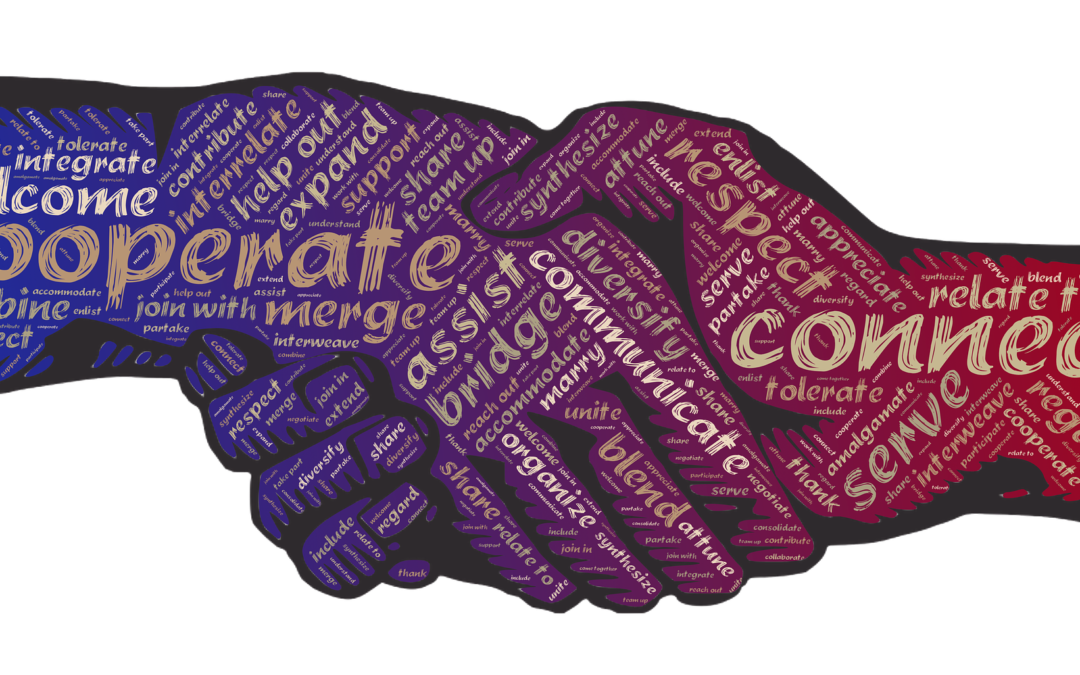Effective communication is an essential skill for HR leaders. It helps to build trust, foster collaboration, and ensure the overall success of an organization. As an HR leader, your ability to communicate clearly, empathetically, and strategically is essential not only for managing day-to-day operations, but also for shaping a positive workplace culture and cultivating employee well-being.
Let’s explore some key communication strategies that HR leaders can implement to improve their skills. These strategies are designed to strengthen relationships, align team goals, and confidently handle challenges. Mastering these techniques can help you to elevate your impact as an HR leader.
The role of communication in HR leadership
As an HR leader, your communication skills directly affect how well you engage with employees, manage conflicts, foster collaboration, and align organizational goals with employee expectations. Clear and empathetic communication builds trust, improves transparency, and strengthens relationships in the workplace.
Effective communication in HR leadership involves the skillful exchange of information, ideas, and emotions to achieve mutual understanding and yield positive outcomes. It includes both verbal and non-verbal communication, active listening, and the ability to convey messages clearly and respectfully.
Good communication practices in HR leadership can improve employee engagement, morale, and performance. When HR leaders communicate effectively, they create a supportive environment where employees feel valued and motivated. This, in turn, helps to boost productivity, reduces misunderstandings, and fosters a positive workplace culture.
Key communication strategies for HR leaders
Strategic communication can help HR professionals bridge gaps, resolve conflicts, and ensure clear and consistent communication between organizational leaders and team members. Here are some key HR communication strategies that can be used to achieve these goals.
Active listening—Active listening is a foundational skill for HR leaders. It involves fully concentrating on what is being said, understanding the message, responding appropriately, and remembering important details. In human resources, active listening is crucial for empathetically addressing employee concerns and understanding their perspectives. HR leaders can use active listening to build trust, improve morale, and strengthen relationships with employees.
Practice active listening by maintaining eye contact, nodding to demonstrate understanding, and paraphrasing what employees say to ensure clarity. Encourage an open-door policy where employees feel comfortable expressing their thoughts and concerns.
Clear and concise messaging—Clear communication is essential for HR leaders to ensure that employees understand information. Using simple language and avoiding unnecessary jargon will help to convey messages effectively and reduce misunderstandings. HR leaders often communicate policies, procedures, and organizational changes, which all require clear and concise messaging to ensure understanding and compliance among employees.
When communicating important information, break down complex topics into smaller, understandable segments. Use bullet points, visual aids, or examples to illustrate key points and emphasize essential details. Encourage feedback from employees to confirm their understanding and address any questions or concerns promptly.
Empathy and emotional intelligence—Emotional intelligence and empathy can help HR leaders understand and respond to the emotions and experiences of employees. Empathy involves putting oneself in another’s shoes and showing genuine concern for their well-being. Emotional intelligence is the ability to recognize, understand, and manage emotions, both in oneself and others. These skills allow HR leaders to build rapport, sensitively address conflicts, and support employees during challenging situations.
You can cultivate empathy by actively listening to employee concerns, acknowledging their emotions, and showing compassion in your responses. Use emotional intelligence to assess the emotional climate within the organization and adapt your communication style accordingly. During difficult conversations or times of change, communicate with empathy, validate employees’ feelings, and offer support or resources, as needed.
Transparent and consistent communication—Consistent and transparent communication helps HR leaders to build trust and credibility. Employees value open communication that keeps them informed about company goals, policies, and decisions. Transparent communication involves sharing information openly, explaining the rationale behind decisions, and proactively addressing potential concerns or uncertainties.
Establish regular communication channels like team meetings, newsletters, or regular updates to consistently disseminate information. Provide clear and honest expectations for organizational changes or challenges and ensure that employees understand the impact and reasoning behind these decisions. Encourage two-way communication by inviting feedback, questions, or suggestions from employees.
Using various communication channels—Employees may differ in terms of their preferred communication methods. HR leaders can utilize multiple communication channels to ensure that messages are received, understood, and acted upon by all employees.
Choose your communication methods based on the nature of the message and the audience’s preferences. For example, you could use email for formal announcements and face-to-face meetings for interactive discussions. Consider using social media or digital collaboration tools when working with remote teams. Regularly evaluate the effectiveness of each communication channel and make adjustments based on employee feedback and engagement levels.
Feedback and continuous improvement—Feedback is a powerful tool that allows HR leaders to assess and improve their communication strategies. Seeking feedback from employees allows HR leaders to understand their communication preferences, identify areas for improvement, and address any gaps or concerns. Implement regular feedback mechanisms like surveys, suggestion boxes, or scheduled meetings to gather insights on the effectiveness of your communication. Encourage open and honest feedback by assuring employees that their input is valued and will be used to improve communication practices. Use feedback to make adjustments to your communication style, content, or delivery methods in order to better meet the needs of your audience.

